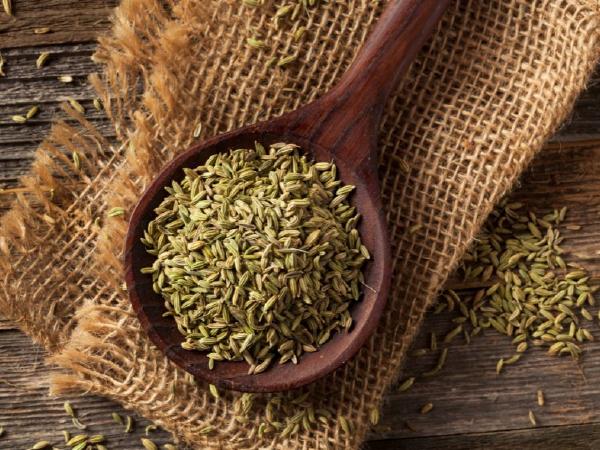 There are things you can do from the outside-in to prevent skin moisture loss in winter, including keeping showers brief and tepid, slathering on a rich cream and running a house humidifier. But you can also optimize your skin’s natural moisture-lock system by keeping it well-nourished from the inside-out.
There are things you can do from the outside-in to prevent skin moisture loss in winter, including keeping showers brief and tepid, slathering on a rich cream and running a house humidifier. But you can also optimize your skin’s natural moisture-lock system by keeping it well-nourished from the inside-out.
“Healthier, stronger skin cells retain more moisture and have a suppler form, so skin won’t crack with dryness,” dermatologist and author Jeanette Jacknin says.
• Drink (and eat) for hydration: At a minimum, you should aim for the recommended daily intake of 91 ounces of liquid for women and 125 ounces for men — amounts which include not only water, but all nonalcoholic liquids consumed.
That doesn’t mean you have to pump fluids aggressively to have healthy skin, but do make an effort to stay on top of your thirst. If drinking water leaves you cold this time of year, try a hot beverage such as herbal tea. Also, make the most of water-rich edibles that are especially good in the winter, including cozy vegetable soups and the wide variety of seasonal citrus. These foods not only pump up your water intake, they have other possible skin-nourishing benefits as well.
• Get more omega-3: Our skin’s effectiveness as a barrier, locking water in rather than let it evaporate into the dry air, depends upon our intake of two types of fats, omega-6 and omega-3. These essential fats “help the lipid membrane that is on the outside of the skin to hold more moisture,” Jacknin says.
Dhaval Bhanusali, a dermatologist in New York City agrees: Essential fats “are the building blocks for healthy skin cells in general — they form a protective shield, reinforcing the skin’s barrier — and we need to get them from our diet.”
Since most of us get plenty of omega-6, it’s a smart strategy to focus on upping our intake of omega-3. The best source is fish, so eating at least two seafood meals a week will likely cover you. You can get omega-3 fat from plant foods, too: Flax seeds, hemp seeds, walnuts and their oils, as well as chia seeds are especially good sources.
• Eat colorful produce: “The science is still so early, but we have been seeing the benefits of eating a balanced diet with healthy fruit and vegetables with our patients for years,” Bhanusali says. Two nutrients bountiful in richly hued fruit and vegetables that researchers have begun to home in on are carotenoids (including beta-carotene) and vitamin C.
Beta-carotene imparts a yellow-orange color to food — think sweet potatoes, squash, carrots, mangos — but it, and other carotenoids, are also concentrated in dark greens like kale and spinach. So back to the vegetable soups mentioned earlier.
The in-season citrus I called out as water-rich is a well known way to get vitamin C, which Jacknin says “is a very powerful antioxidant that also plumps up the skin’s collagen — which is the structure of the skin.”
[“source=heraldtribune”]

